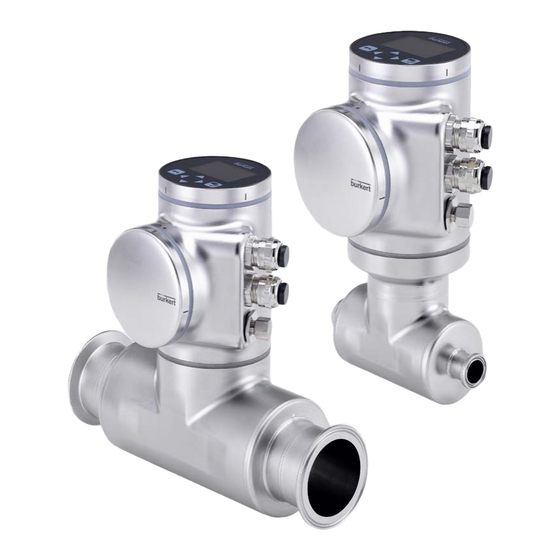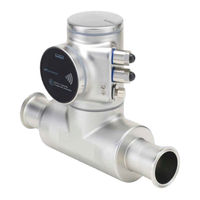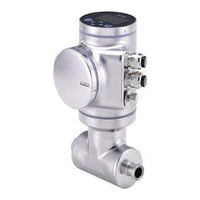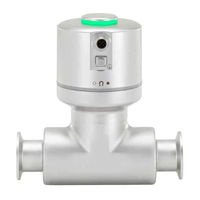
Burkert Flowave 8098 SAW Flowmeter Manuals
Manuals and User Guides for Burkert Flowave 8098 SAW Flowmeter. We have 5 Burkert Flowave 8098 SAW Flowmeter manuals available for free PDF download: Operating Instructions Manual, Quick Start Manual
Burkert Flowave 8098 Operating Instructions Manual (354 pages)
SAW Flowmeter
Brand: Burkert
|
Category: Measuring Instruments
|
Size: 5 MB
Table of Contents
-
-
Description
13 -
-
Liquid Data25
-
Temperature27
-
Density28
-
-
-
-
Menu Display
97-
Menu Diagnostics102
-
Menu Maintenance102
-
-
Default Settings108
-
-
-
Default Settings150
-
Volume Totalizer204
-
-
Advertisement
Burkert Flowave 8098 Operating Instructions Manual (280 pages)
FLOWave
SAW Flowmeter
Software version A.02.00.00 and higher
Brand: Burkert
|
Category: Measuring Instruments
|
Size: 4 MB
Table of Contents
-
-
Description
11 -
-
Fluid.data22
-
-
-
-
Display Menu
85-
-
Module.only)86
-
-
-
-
-
-
Canopen.bus99
-
-
-
-
-
-
Default.settings
134 -
-
-
-
-
Preset.value168
-
-
-
-
-
Burkert Flowave 8098 Operating Instructions Manual (241 pages)
Brand: Burkert
|
Category: Measuring Instruments
|
Size: 7 MB
Table of Contents
-
Symbols Used18
-
Intended Use19
Advertisement
Burkert Flowave 8098 Quick Start Manual (68 pages)
Flowmeter
Brand: Burkert
|
Category: Measuring Instruments
|
Size: 1 MB
Table of Contents
Burkert Flowave 8098 Quick Start Manual (52 pages)
Flowmeter
Brand: Burkert
|
Category: Measuring Instruments
|
Size: 1 MB
Table of Contents
-
12 Storage
47




